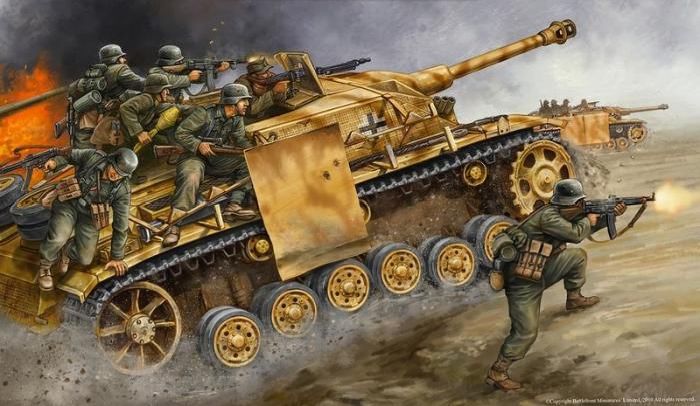|
|
Tank Drawing
|
The United States used tanks supplied by France and Great Britain during WWI. Production of American-built tanks had just begun when the War came to an end. Italy also manufactured two Fiat 2000s towards the end of the War, too late to see service. Russia independently built and trialled two prototypes early in the War; the tracked, two-man Vezdekhod and the huge Lebedenko, but neither went into production. A tracked self-propelled gun was also designed but not produced.
Although tank tactics developed rapidly during the war, piecemeal deployments, mechanical problems, and poor mobility limited the military significance of the tank in World War I, and the tank did not fulfill its promise of rendering trench warfare obsolete. Nonetheless, it was clear to military thinkers on both sides that tanks would play a significant role in future conflicts.
• Interwar period
In the interwar period tanks underwent further mechanical development. In terms of tactics, J.F.C. Fuller's doctrine of spearhead attacks with massed tank formations was the basis for work by Heinz Guderian in Germany, Percy Hobart in Britain, Adna R. Chaffee, Jr., in the U.S., Charles de Gaulle in France, and Mikhail Tukhachevsky in the USSR. All came to similar conclusions, but in the Second World War only Germany would initially put the theory into practice on a large scale, and it was their superior tactics and French blunders, not superior weapons, that made blitzkrieg so successful in May 1940.
|
|









